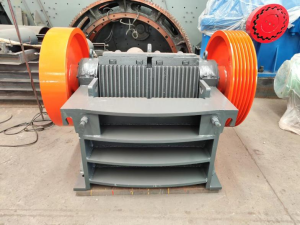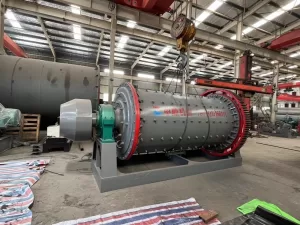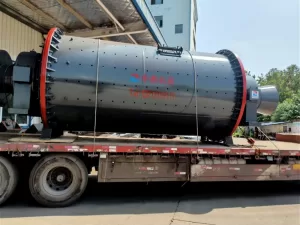How to choose magnesium ore ball mill? The role and advantages of magnesium ore ball mill
When choosing a magnesium ore ball mill, there are several factors to consider:
- Beneficiation Test: Conduct a beneficiation test on the raw magnesite ore to determine its hardness and physicochemical properties. This will help determine the appropriate grinding process and parameters.
- Grinding Granularity: Determine the desired grinding granularity based on the beneficiation process. This will depend on the specific requirements of the downstream flotation process.
- Ball Mill Model: Select a suitable ball mill model based on the desired grinding granularity, processing capacity, and other factors. It is recommended to choose an energy-saving ball mill that offers high efficiency and large output.
Advantages of Magnesium Ore Ball Mill:
- Energy Saving: The use of rolling bearings reduces friction, improves production efficiency, and saves energy consumption by 10-20%.
- Increased Output and Processing Capacity: The special structure of the discharging disk and lattice plate increases the processing capacity by over 20% and improves the final output.
- Easy Installation and Operation: The overall design of the equipment is simple, making it easy to install and operate. It also provides a high degree of automation.
- Reduced Dust Pollution: The magnesium ore ball mill is equipped with a dustproof device, which minimizes the emission of dust and reduces environmental pollution.
- Good Quality and Cost-Effective: The magnesium ore ball mill is developed and produced by a professional team using high-quality materials. Since it is sold directly from the factory, it is available at a more affordable and cost-effective price.
By considering these factors and advantages, you can choose the appropriate magnesium ore ball mill for your specific needs and requirements.
 Zoneding Machine
Zoneding Machine
















